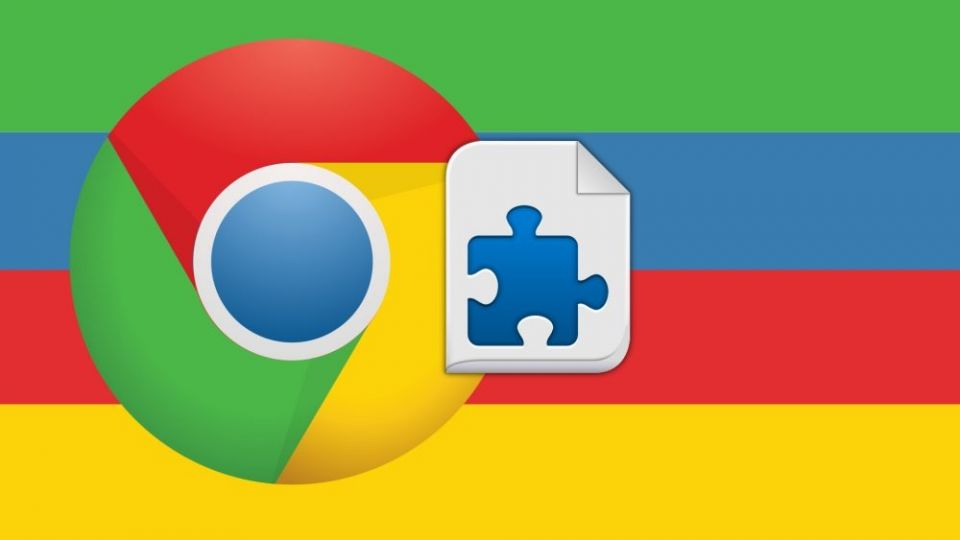

If you collaborate often, then DocuViz will help you keep track of who edited what and when. It’s definitely much productive than using word count shortcut (Ctrl+Shift+C) after every paragraph. The extension simply shows your current word count and page count at the bottom-right corner. When you’re signed in to Chrome, you can also access your passwords saved to your Google Account and payment info from Google Pay.If word count matters to you while creating documents, then this extension will make sure you coincide with the recommended word count. See your Chrome info on all your devicesĪfter you’ve turned on sync, you can see information you’ve saved on other devices. When you're done, turn sync on again on all your other devices. This doesn't include payment methods and addresses from Google Pay. Click Encryption options Encrypt synced data with your own sync passphrase.In Chrome, at the top right, click More Settings.Step 2: Make a new sync passphrase (optional) Sync will start again, and you'll no longer have a sync passphrase. When you turn sync on again, your info will save across all your devices. Your bookmarks, history, passwords, and other settings aren't deleted from Chrome on your device. When you change your sync passphrase, all your data is deleted from Google’s servers and all your synced computers and devices are signed out. If you’re having trouble syncing with your passphrase, you may have to update Google Chrome to the latest version. Your synced data is always protected by encryption when it's in transit. Your payment methods and addresses from Google Pay aren't encrypted by a passphrase. With a passphrase, you can use Google's cloud to store and sync your Chrome data without letting Google read it. Learn more about keeping your info private. If you don't want to personalize your Google products, you can still use Google's cloud to store and sync your Chrome data without letting Google read any of your data. Learn more about seeing and controlling Web & App Activity. You can always control your Web & App Activity in your Google Account. For example, you may see a news story recommended in your feed based on your Chrome history. Your activity may be used to personalize your experience on other Google products, like Search or ads.


By default, Chrome history that's saved to your Google Account is also added to Web & App Activity.


 0 kommentar(er)
0 kommentar(er)
